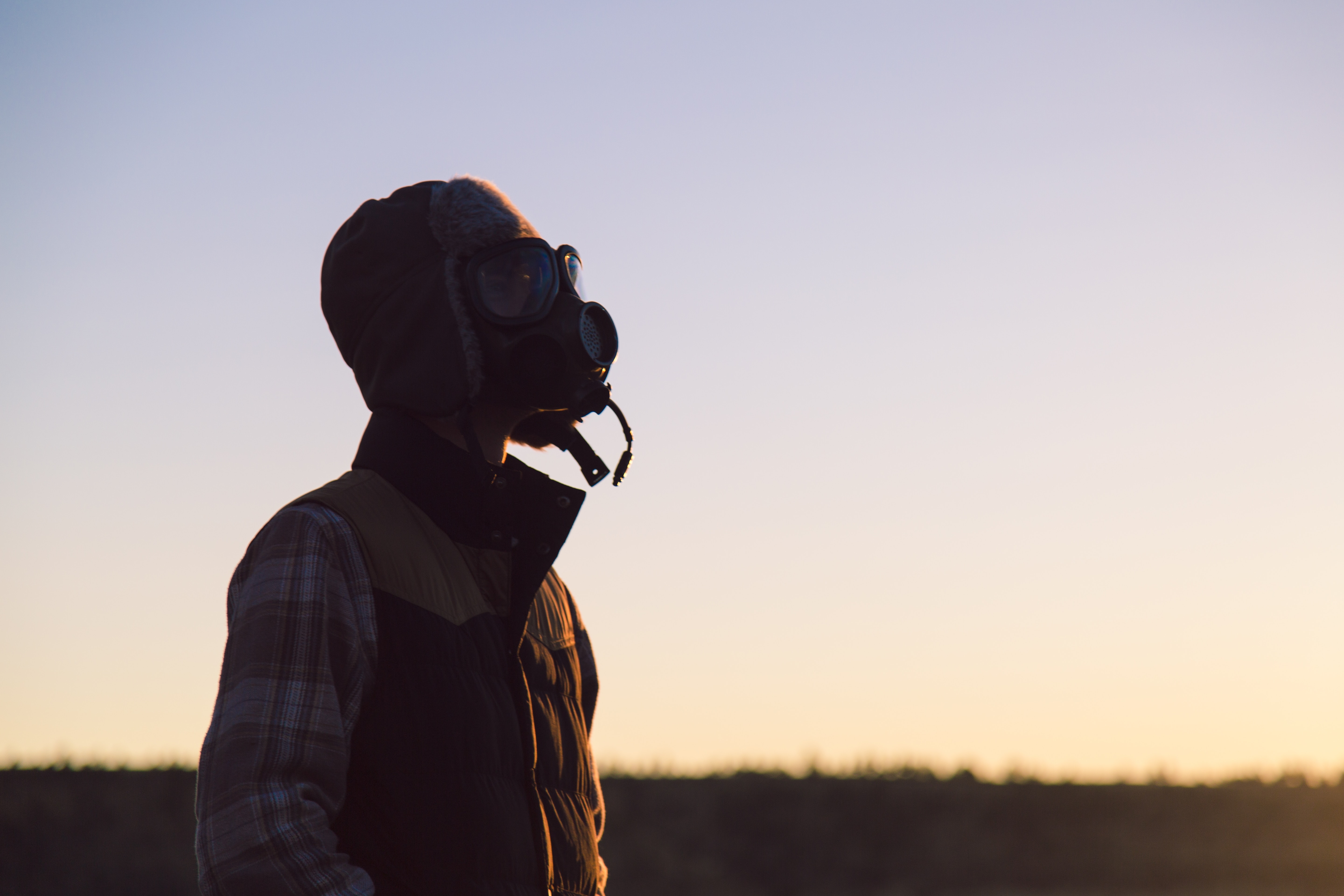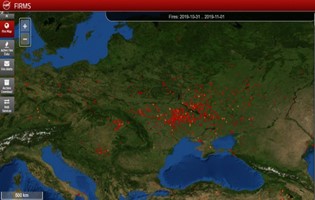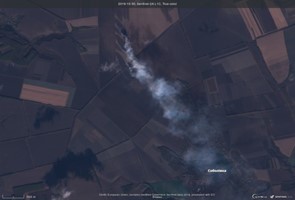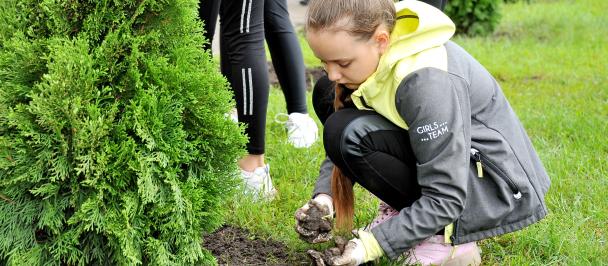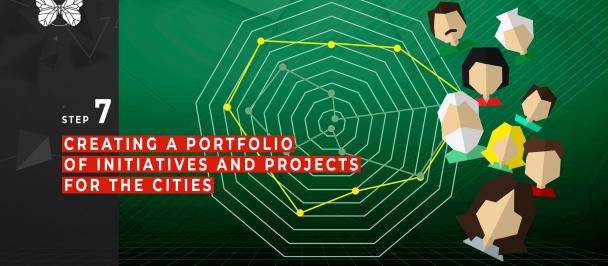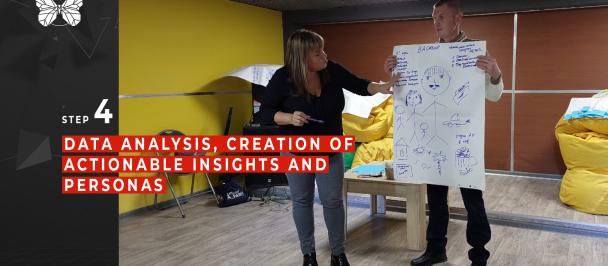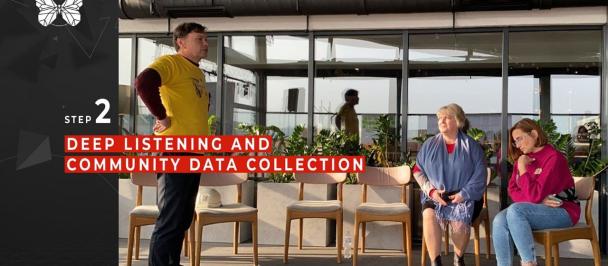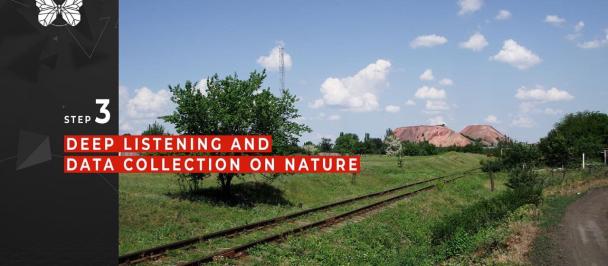Photo by Samuel Fyfe on Unsplash
By Oksana Udovyk, Oleksiy Moskalenko, Ievgen Kylymnyk and Euan Macdonald
Residents of Kyiv awoke to an unusual sight in late October 2019 – a thick fog that reduced visibility to 200-500 meters in some parts of the city.
While fog is hardly unknown in the Ukrainian capital, the thickness and persistence of this particular fog, which lasted several days and which was accompanied by an acrid smell in the air, had many people talking – and some people worried.
Citizens’ fears were soon confirmed: on the morning of 22 October 2019, the World Air Quality Index listed air pollution in the city of Kyiv as three times higher than in the notoriously air-polluted Beijing, China, with a hazardous 196 PM2.5 (a measure of atmospheric particulates) compared to Beijing’s moderate 61 PM2.5 on that day, the Kyiv Post reported. (See the World Air Quality Index website here for a zoomable map of air quality readings from Ukraine and around the world.)
But what could be causing this strange, thick, persistent, smelly and dirty fog? In an atmosphere worthy of a Sherlock Holmes mystery, we at UNDP Ukraine’s Accelerator Lab got down to some serious sleuthing.
Gathering clues
We quickly found that there are seasonal declines in air quality in Kyiv and other parts of central Ukraine. While not usually accompanied by thick fog, these bouts of air pollution tend to peak in April and October each year.
As speculation about the causes of the smog blanketing the city erupted on social media, the Accelerator Lab team started to put the clues together.
Air pollution could come from industrial sources, but what about the seasonal nature of this pollution, and the smell of burning? Following this lead, the team chose to focus on air pollution through burning rather than industrial pollution.
We soon discovered that in Ukraine there are three non-industrial sources of burning that are the most detrimental to air quality. They are:
1. The household practice of burning organic waste such as leaves and grass;
2. The agricultural practice of burning crop residue such as straw, and;
3. Wildfires on drying peatlands.
Air pollution and greenhouse gas emissions are serious problems with harmful consequences for public health and the environment. Everyone on Earth is adversely impacted no matter what their income or place of residence. According to the World Health Organization, air pollution is the second leading cause of death from noncommunicable diseases (NCDs) after tobacco smoking. In 2016, in the WHO European Region, more than 550,000 deaths were attributable to the joint effects of household and ambient (or outdoor) air pollution.
Unusual suspects
So next it was time for the team to inspect the “scene of the crime”.
We visited an area in central Ukraine that was highly affected by the smog, where we met with various stakeholders, and with usual and unusual “suspects,” to build a holistic picture of the problem and identify possible ways to address the practice of open burning.
NASA data on large open fires from 31 October to 1 November 2019
Satellite images of burning fields in Teplytsky district of Vinnytsya oblast
We found that issue of burning agricultural waste can largely be attributed to improper and/or a lack in waste management, and the failure to enforce laws. As a result, burning crop residue becomes the easiest and cheapest option to guarantee the rapid completion of the harvest campaign, and the preparation of the land for the next growing season.
But how can we “solve” this case? We cannot just turn our backs to this problem as it impacts our lives.
Detecting solutions
UNDP Ukraine’s Accelerator Lab works in stages, starting with the exploration of a problem, then mapping existing solutions, followed by running experiments to test solutions.
So having explored the problem, we went on to map existing solutions. Luckily, there are plenty of ideas for remedying these issues, for instance:
1. Increasing the use of satellite monitoring technologies;
2. Raising awareness of sustainable agriculture, such as low/no till farming;
3. Utilizing crop residue for bio-energy, and;
4. Recycling biomass to create animal feed, household products, and so on.
Interventions to limit the severity of the burning of leaves, crops, and peatlands can be made at the local policy level. However, there is potential to elevate these issues to the national scale. While cultural norms surrounding the burning of organic household waste can be solved by local/micro interventions, the issue of crop residue burning and peatland fires requires interventions in land, water, and waste management at the central policy level.
Having mapped out potential solutions, the next stage is to experiment with various formulas of stakeholder collaboration. In the coming months, UNDP Accelerator Lab in Ukraine plans to partner with local and international stakeholders to design and organize experiments in various communities in Ukraine to tackle the practice of burning grass and organic household waste.
We will try to discover which combination of the following restrictions and incentives work the best:
1. Promoting non-burning culture among young people, seeing them as the agents of change in household behaviour;
2. Creating engaging communication campaigns that will lead to peer pressure being applied to those who continue burning practices;
3. Increasing fines and reinforcing the capabilities of local authorities to respond to burning cases;
4. Promoting and facilitating alternative uses of organic waste, such as composting, a cattle food source, construction materials or biofuel;
Or perhaps you have some even better ideas? If you have any insights on this topic or simply would like to participate in the design or the implementation stages of our experiments, please contact the UNDP Ukraine Accelerator Lab at acclab.ua@undp.org.
Case solved?
Working to improve air quality in Ukraine not only provides benefits to the citizens of Ukraine, it also contributes to global progress in achieving Sustainable Development Goal 11, target 11.6 of which states: “By 2030, reduce the adverse per capita environmental impact of cities, including by paying special attention to air quality and municipal and other waste management.”
The next burning season starts in early spring, and we plan to be prepared. For autumn 2020, results from the spring experiments will be examined, and the best solutions could then be scaled up to work at the national level. The knowledge gained from Ukraine’s experience could even be shared with other countries facing similar environmental issues.
In the end, we hope to have the case of the Foul Fog solved forever!

 Locations
Locations


